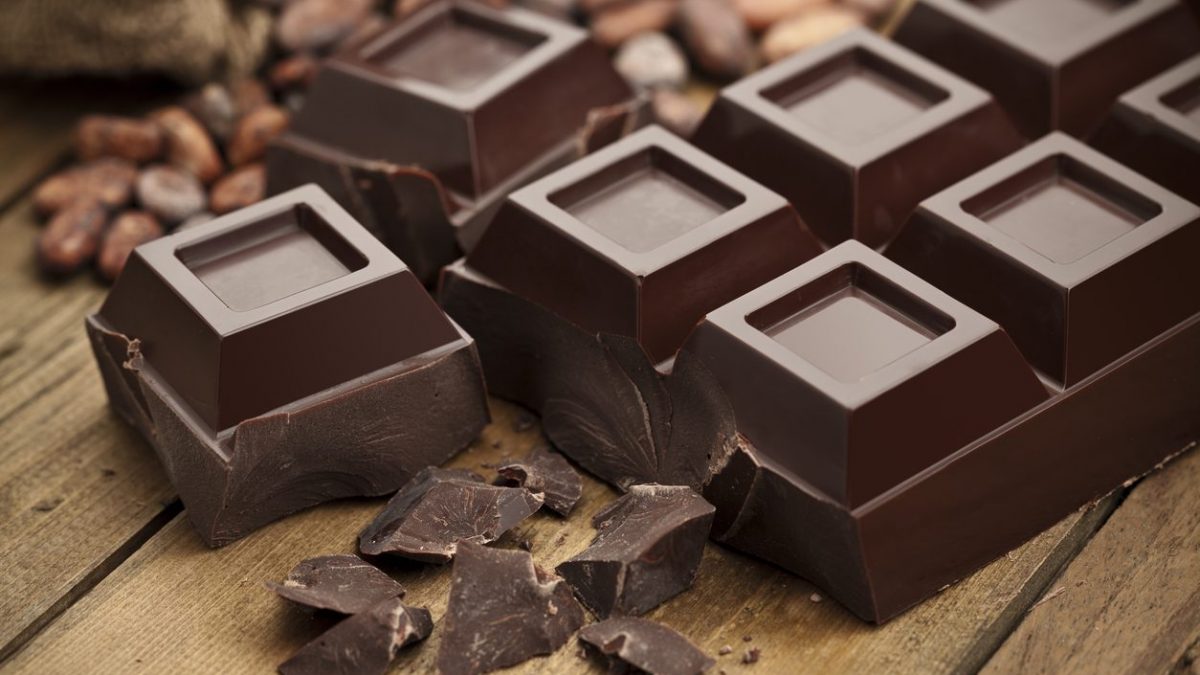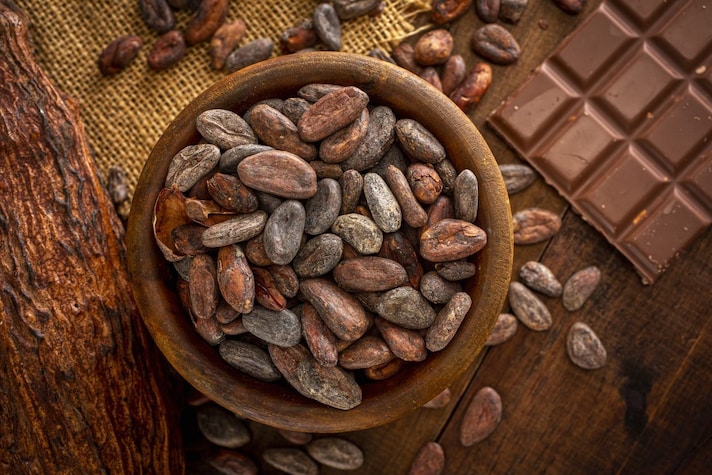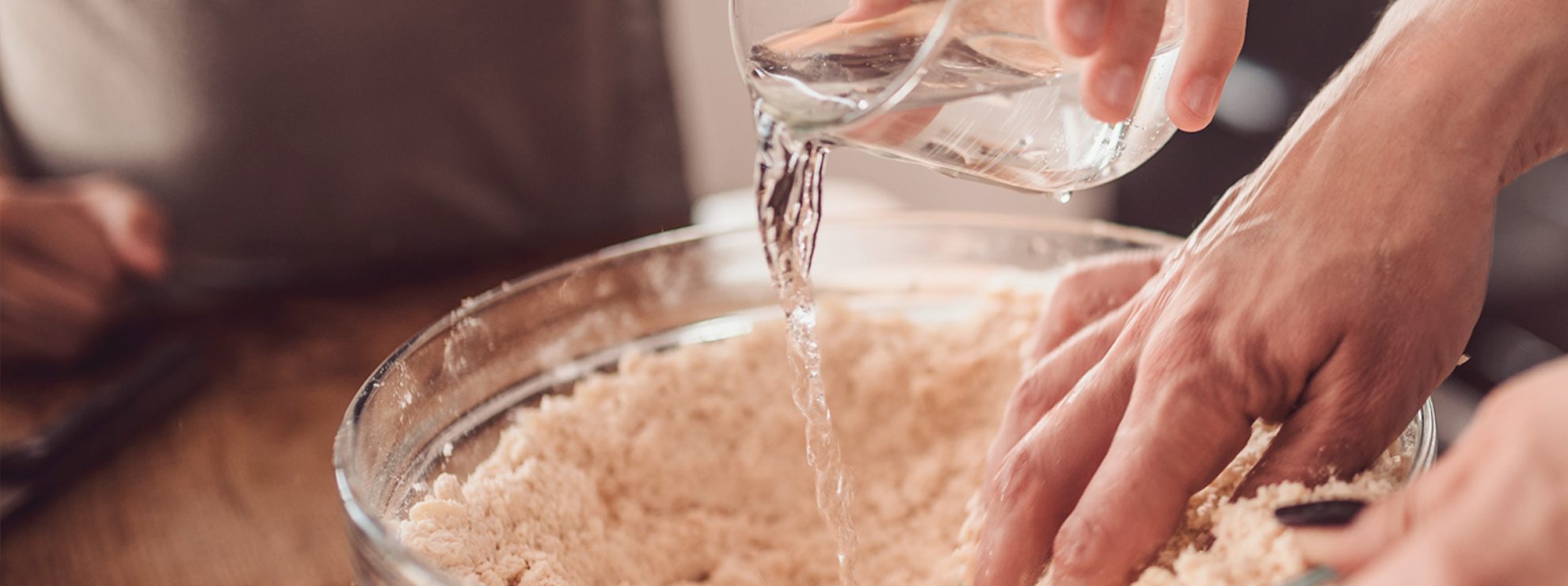
You don't have to be a connoisseur to love chocolate: we've all eaten it since we were little, and it's one of those pleasures we never want to give up. Well, new research on chocolate has shown that its goodness may not depend solely on the cocoa beans: it has been confirmed, in fact, that bacteria can contribute to the creation of a perfect chocolate bar. This finding could completely change the cocoa manufacturing process, allowing us to always enjoy a product with exceptional qualities and a carefully crafted flavor profile: let's see how.
The Research
Conducted by the University of Nottingham and published in Nature Microbiology, the study demonstrates how bacteria and fungi naturally present in the environment contribute to the fermentation process: the latter helps determine the taste of chocolate, along with the characteristics of the cocoa bean from which it comes. In fact, as David Gopaulchan, coordinator of the research, states, "fermentation is a natural process induced by microorganisms, which usually occurs directly on cocoa plantations. Bacteria and fungi naturally present in the surrounding environment decompose the beans, producing key compounds that determine the final taste and aroma of the chocolate." A step, therefore, extremely essential for the final result, but not without significant problems: "This spontaneous fermentation," continues the expert, "is largely uncontrolled, and therefore the flavor and quality of the beans can vary significantly."

And that's why David and his team set to work to find a solution: with the help of growers on several plantations in Colombia, they analyzed the pH, temperature, and microbial composition, and noted how differences in fermentative microorganisms affected the flavor profile. From these results, they then selected certain fungi and bacteria capable of controlling the fermentation process.
What Does This Mean?
The research findings open the door to a new way of processing chocolate: by making fermentation a process no longer spontaneous and dependent on the external environment, it will always be possible to produce chocolate with a consistent and, above all, guaranteed flavor. This solution is already being used in other fields, such as beer and cheese, and will allow for a product with a precise aromatic complexity that will no longer be dictated by chance. As Gopaulchan himself stated: "This work lays the foundation for a new era in chocolate production."
;Resize,width=767;)
